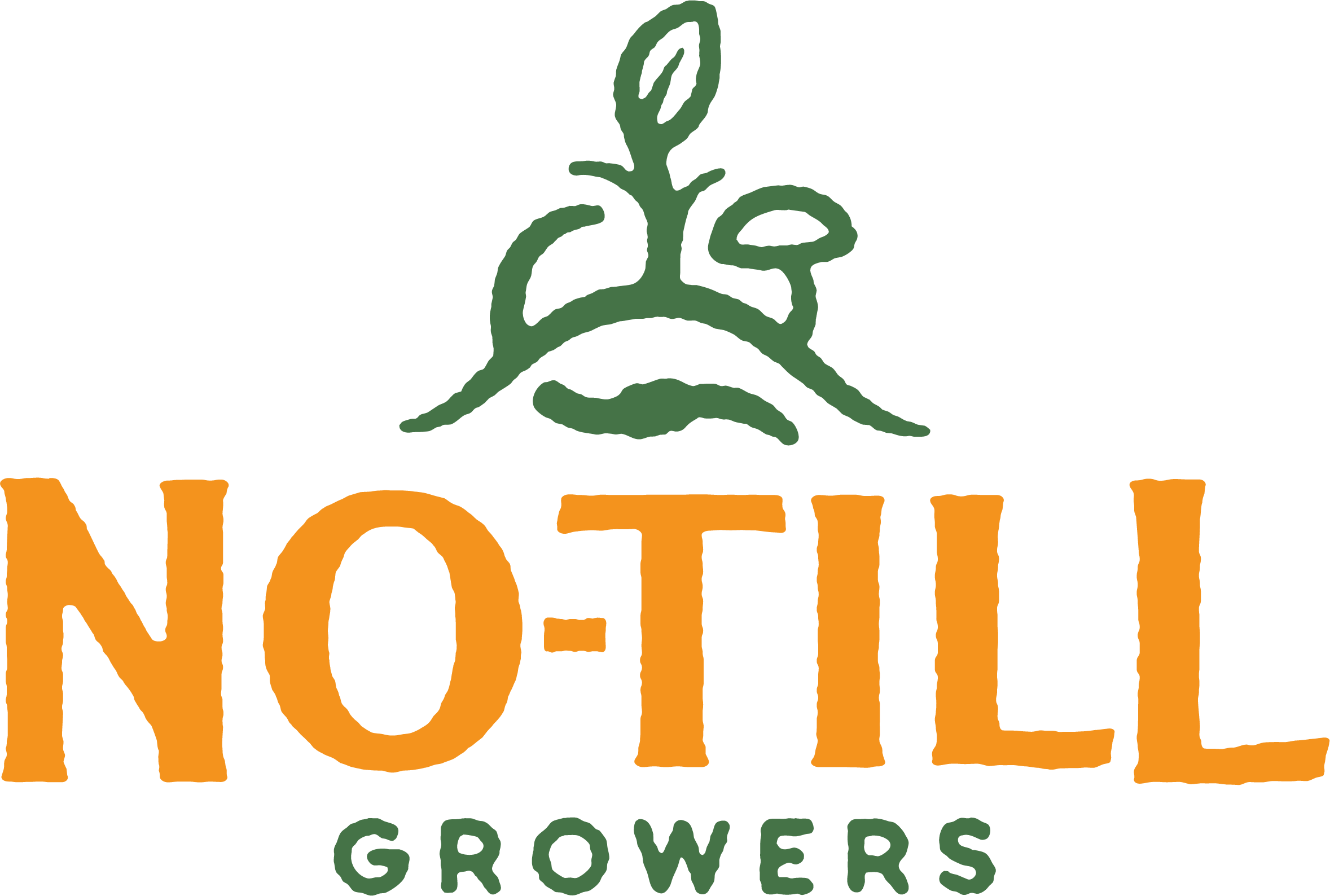The Best of Helen Atthowe & Veganic Permaculture
Helen and her late husband Carl have been innovative and prolific in their integration of permaculture concepts into commercial production, especially with regard to fruit trees. There’s so much to share about the work they have done. Let’s just get to it.
First, here is a list of ten ecological principles she follows on her farm.
Managing Ecological Relationships on Farms
By: Helen Atthowe, Carl Rosato of Woodleaf Farm
1. Diversify soil food web with crop & ground cover diversity.
2. Disturb soil as little as possible; create year-round “refuges”.
3. Grow a living root year-round & feed the “rhizosphere”.
4. Keep soil covered with as much plant diversity as possible.
5. Add organic residues regularly, not all at once in the spring.
6. Focus on slow-release, plant-based Carbon fertilizer amendments
rather than fast-release Nitrogen fertilzers.
7. Recycle rather than import “mined” nutrients.
8. Selective fertilization; avoid fertilizing the whole field.
9. Selective weeding: choose ground cover; chop & drop “weeds”.
10. Maintain or create wild habitat as close to crops as possible.
Second, here is the research mentioned in the podcast interview. These are two damn near comprehensive profiles of BioDesign Farm and Woodleaf Farm. If you’re interested in the details of her farming practices, from soil/pest/disease management to retail outlets, there is a wealth of information here:
EOrganic: Woodleaf Farm
EOrganic: BioDesign Farm
You can also check out her work on…
Veganic Permaculture (a great primer on her approach, several videos)
The Woodleaf Farmsite
Last, and certainly not least, here is a note she left us with we’d like to share with y’all…
Carl's farming legacy continues here in Oregon. The farm is bountiful and it has been a delight to taste and see some of the new fruit in our 85 variety, 400 tree orchard (see photos of pluots, fruit from some of the peach crosses we made in 2015, and the peach crop and new smaller-tree and ladder-less-labor pruning technique). Carl's orchard design for a weekly farmer's market with 10-15 trees ripening each week is working very well. Our soil-building and beneficial-organism-habitat-building systems are working better even than they did at Woodleaf in CA, as we apply what we have learned, continue to learn more, and tweak our no-till, high-carbon-grow-our-own-fertilizer, and perennial living mulch strategies. Due to the low labor needs of this new system, I have been able to manage the farm mostly by myself. The orchard and vegetable crops were full of butterflies, hummingbirds, songbirds and a diversity of beneficial insects and predator birds (including this northern pygmy owl I photographed while he was hunting in the peaches). We have already built up a following of clients who tell me our pluots, peaches, tomatoes, and peppers are the best they have tasted. Carl was/would be so pleased! He convinced me to be a carbon rather than a nitrogen farmer and we both learned that we could add much lower levels of mined minerals than we did at Woodleaf in CA and still get excellent plant health, growth, and crop taste. Even without spraying (except the one mineral-mix bloom spray I was able to get on), we had no pest problems in the orchard (except bad peach leaf curl), despite a heavy Codling moth year according to our neighbors and nearby orchards. Beneficial organisms seemed to suppress all pest problems in the vegetable crops except cabbage aphids on Brussels sprouts (which were terrible). We had the best field-grown heirloom tomato yield ever without grafting and without growing them in the high tunnel. Since crops were pest free, I was able to field pack which saved me alot of time.
If you’re interested in working with and learning from Helen Atthowe herself, you can reach out to her at hatthowe@gmail.com






